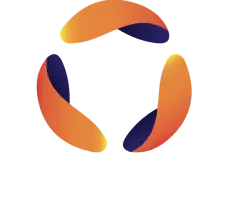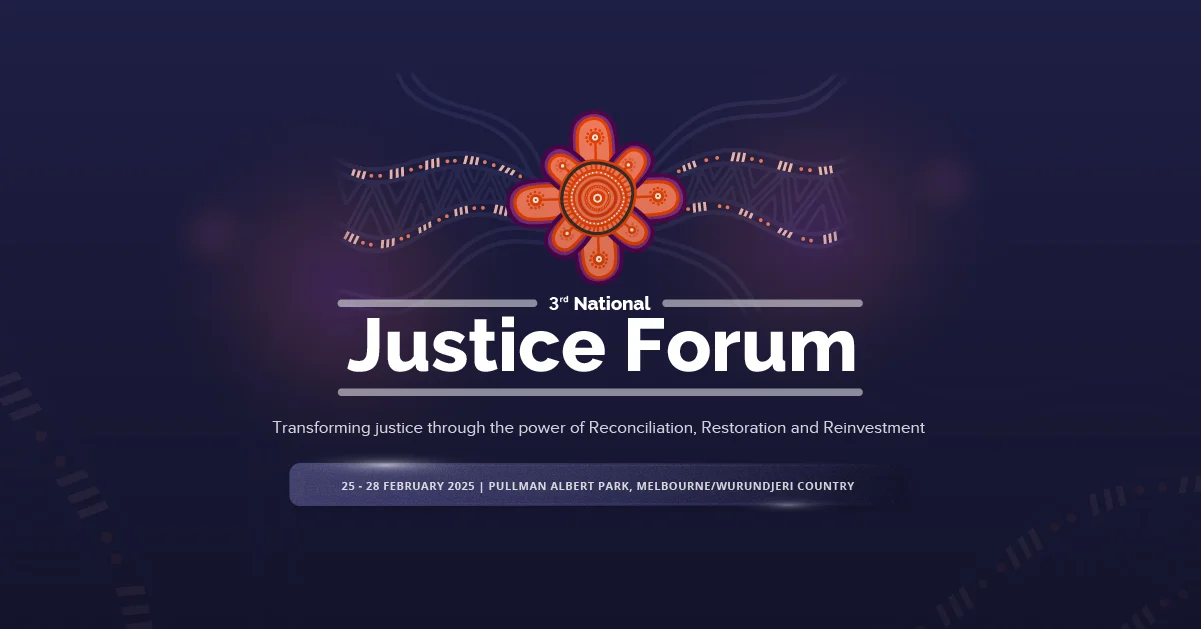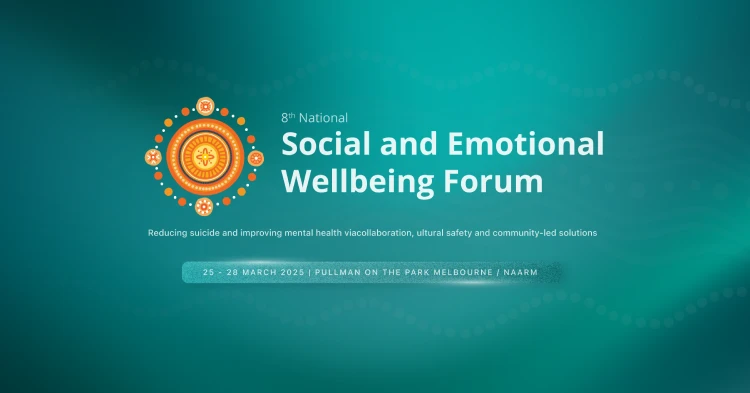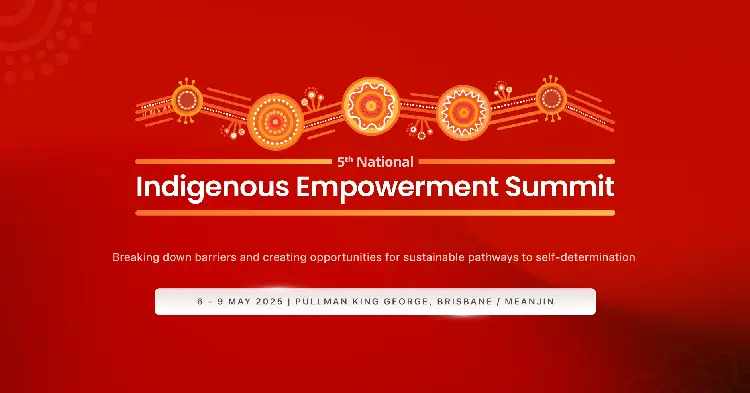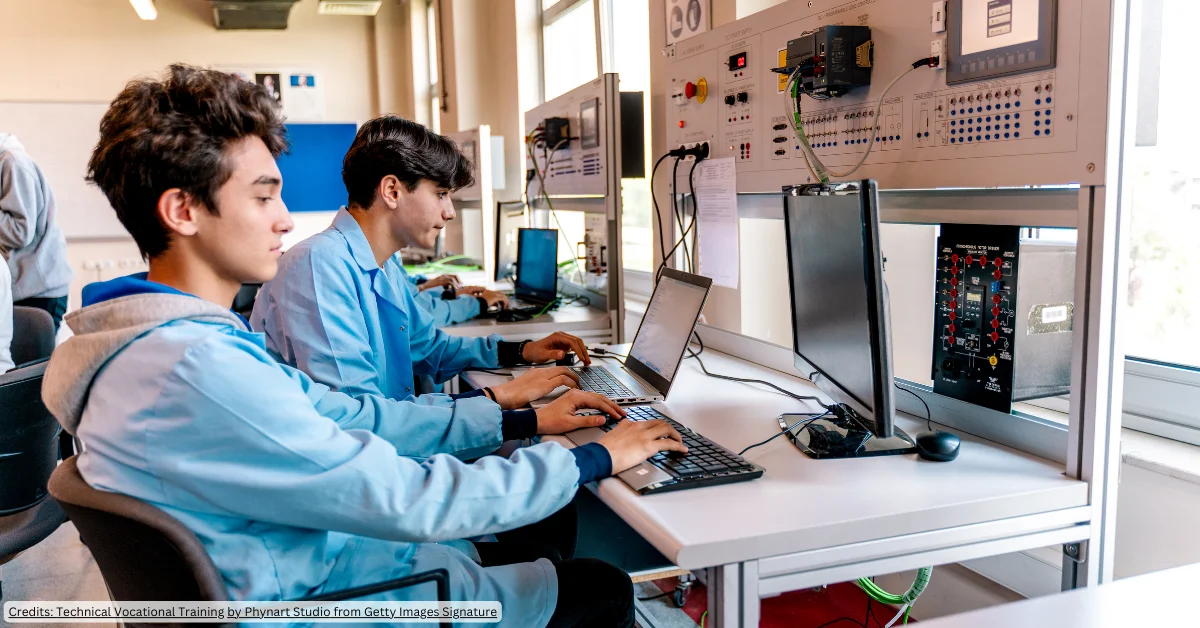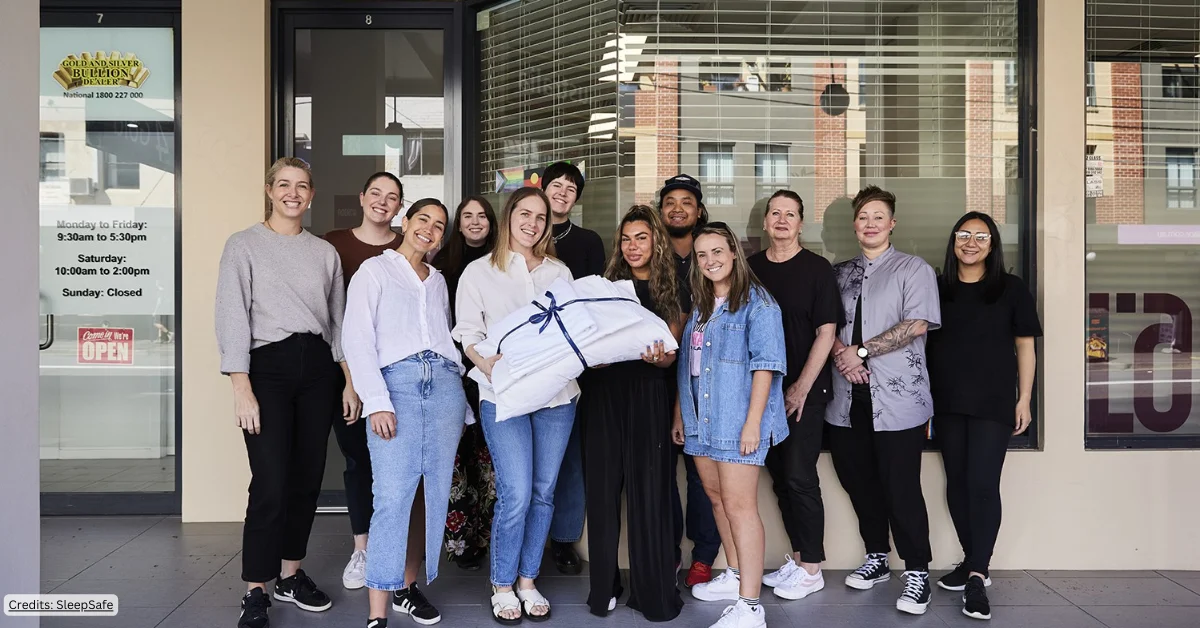Over the last year, we have seen artificial intelligence make huge advancements, presenting communications professionals with the opportunity to work more effectively.
As a communications agency that understands the value of maintaining a unique voice, none of Fifty Acre’s work is created using artificial intelligence. However, this doesn’t mean that AI tools cannot be used to assist in your own communication work.
While it may be tempting to just jump in and try to automate every task you have using AI, it’s very important to take precautions. Consider, am I using it because it makes my communication more effective, or just easier?
Here are our tips for making the most of AI, while staying aware of the potential risks.
Using AI to repurpose rather than create content
When representing your company or client, your unique voice and perspective are invaluable tools that can’t be replicated. Leaning on AI to write materials from scratch runs the risk of making your work sound exactly the same as everybody else’s. What AI is great for, is transforming one form of content into another or altering it for a different audience.
For example, if you want to convert a video into a blog, you can use an audio-to-text transcriber, and get a language-generating tool such as ChatGPT to reformat this into a written blog.
In doing this, you can preserve what makes your work interesting while cutting out a lot of the time-consuming labour.
Avoid using AI images
Whilst it can be tempting to use an AI image generator whenever you need a specific picture, it’s important to take into consideration the impression this may leave on your audience. For purpose-driven organisations especially, coming across as genuine is essential, and using photos that are AI-generated could make your audience question the reality of your organisation’s impact.
Most often, an image from the web or a real photo taken at your workplace can be much more inviting and help you steer clear of the uncanny valley.
Organising
Where AI really shines is in organising tasks.
Keeping track of contacts, email chains and small tasks can be a lengthy laborious process that takes up half your day. Using an AI tool or assistant to sort through this data can be hugely beneficial for time-saving.
Tools such as Microsoft Copilot Pro for Outlook can also make managing your inbox a whole lot easier, giving you time to focus on the more important tasks.
Be mindful of accuracy
Despite AI has improved by leaps and bounds in recent years, it is still very prone to making mistakes. When representing your own or a client’s business, mistakes (even small ones) can be costly in maintaining a reliable and truthful reputation. It is so important that communicators using AI triple-check their content to make sure it stays true to the voice and goals of the business.
If you’re looking to bolster your communications strategy or find out how you can integrate it with government engagement, we’d love to hear from you. Email jo@fiftyacres.com to get in touch with Fifty Acres.
With over 20 years’ experience in communications, political advisory roles and journalism, Jo Scard is one of Australia’s foremost strategic advisors to corporates, government and not-for-profits.
Jo is a respected former journalist in the UK and Australia working with ITV, Associated Press, Seven Network, SBS, ABC and Fairfax. She has spent over a decade advising corporates and not-for-profits at CEO and board level across strategic communications, government relations and public relations, and co-authored the best-selling book The working mother’s survival guide.
Fifty Acres was established in 2010. We work with government agencies, national organisations, not-for-profits and corporates providing strategic communications, media training, government, marketing and public relations services. The agency has become a market leader in strategic communications and represents some of Australia’s premier brands and not-for-profits – spending 10% of our time on pro bono projects.
- Jo Scardhttps://thirdsector.com.au/author/jo-scard/
- Jo Scardhttps://thirdsector.com.au/author/jo-scard/
- Jo Scardhttps://thirdsector.com.au/author/jo-scard/
- Jo Scardhttps://thirdsector.com.au/author/jo-scard/
